Spinach and Mustard Greens
It is difficult to find vegetables that are richer in Vitamin K than spinach. Besides this, it is also a great source of Vitamin A and iron. Mustard greens are a great source of antioxidants, phytonutrients and Vitamin A in the form of carotenoids.
Vitamin A content -
Spinach: 9440 micrograms for 100 grams as per National Institute of Nutrition
Mustard Greens: 2622 micrograms for 100 grams as per National Institute of Nutrition


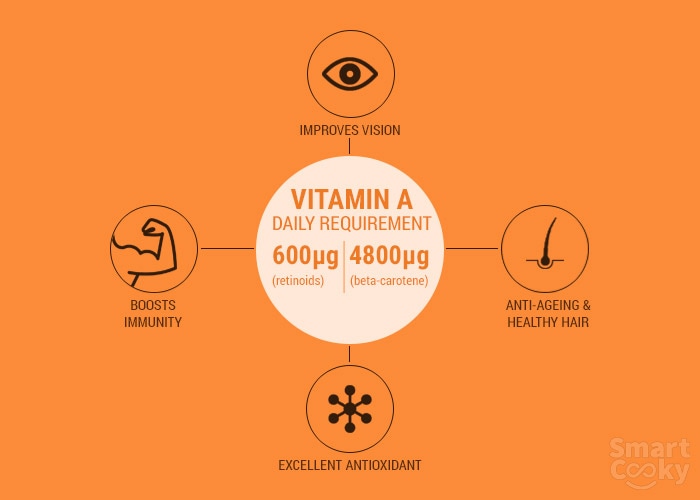
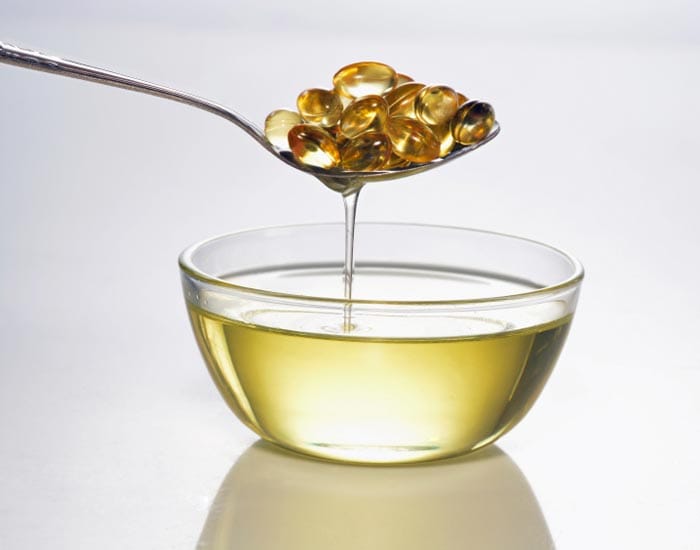
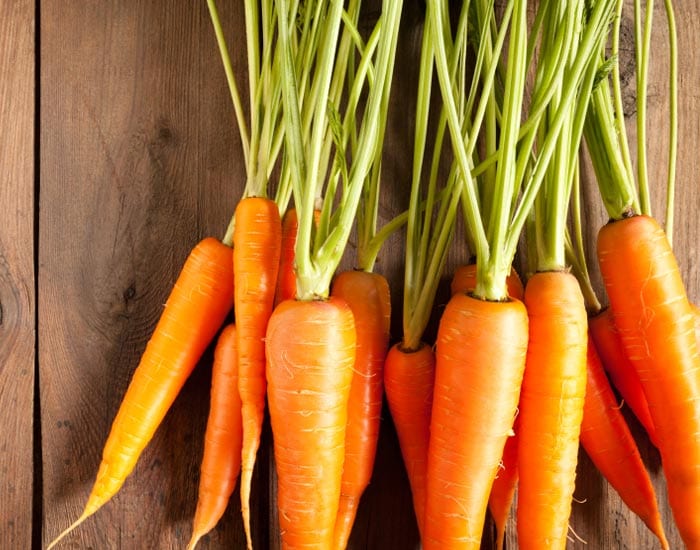
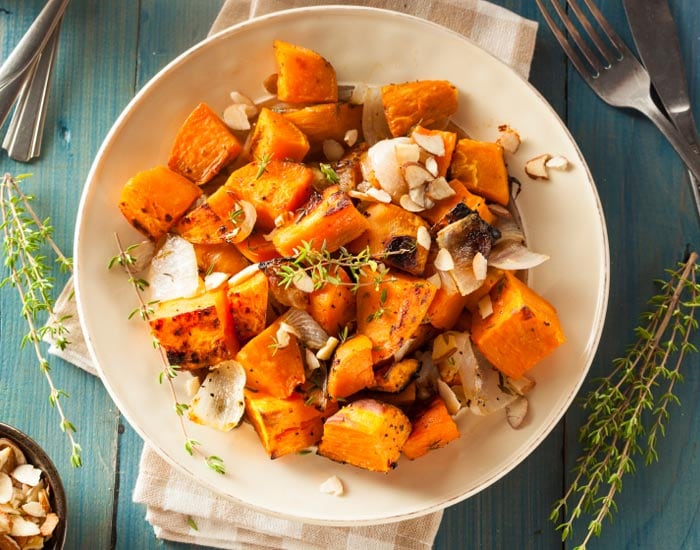
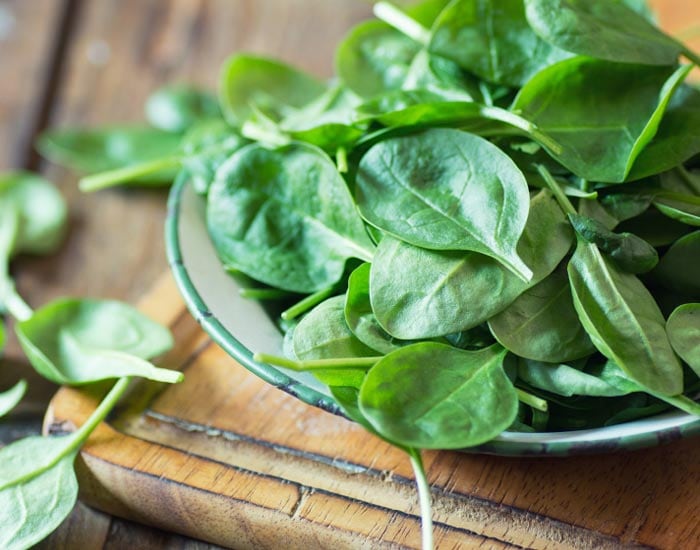
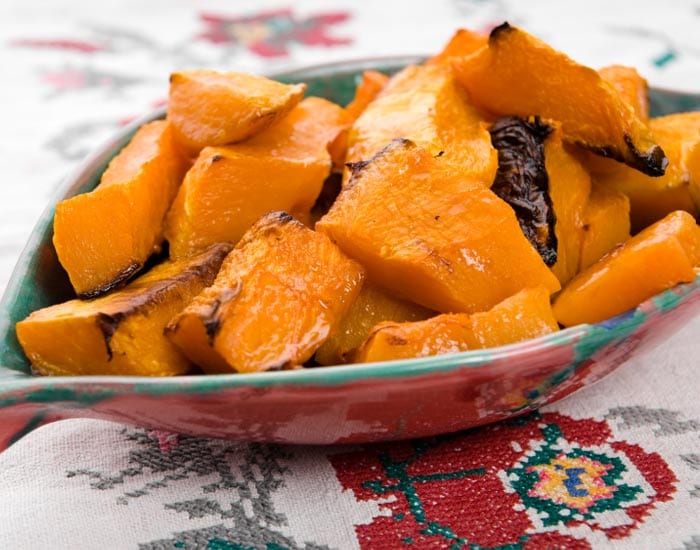
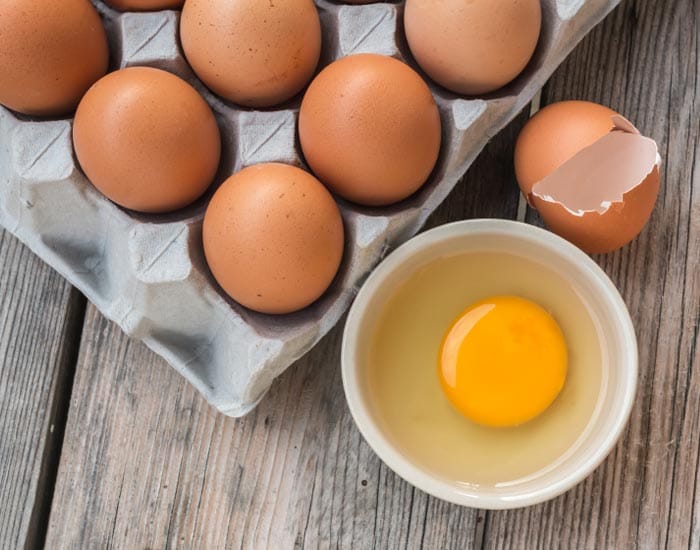
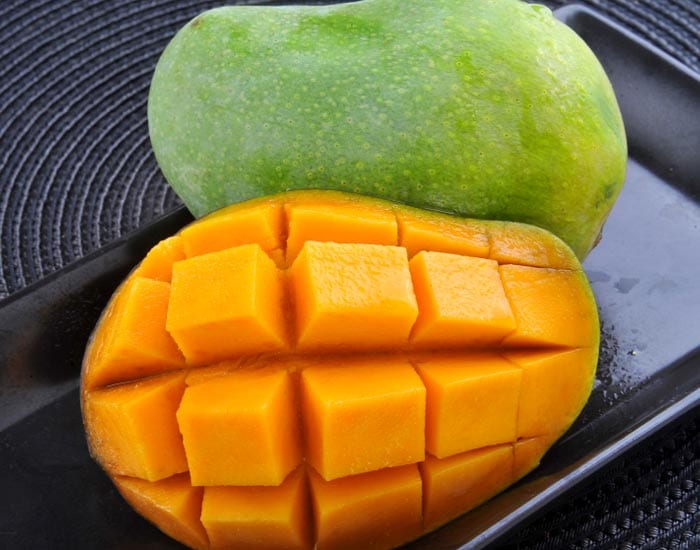
.jpg)
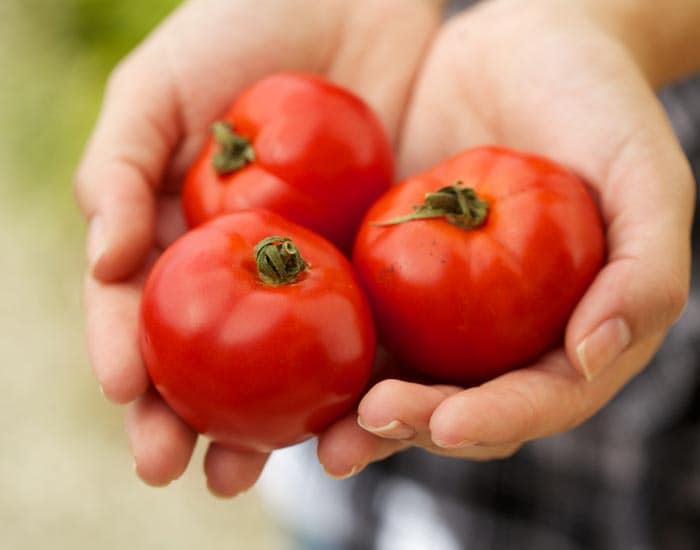
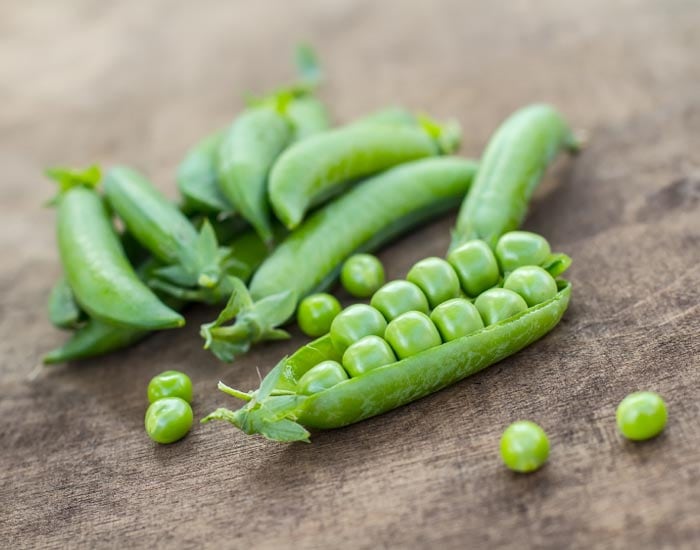
.jpg)